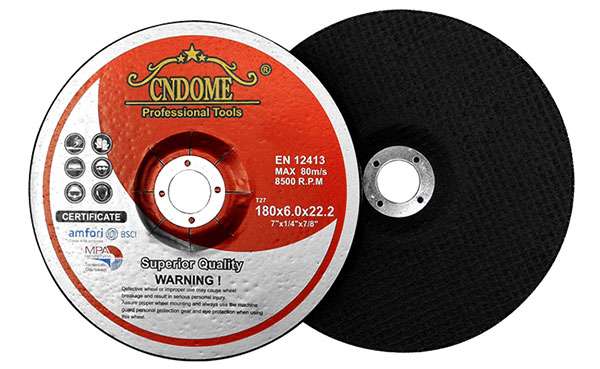Bench and pedestal grinding wheels are versatile tools used in a variety of applications, ranging from sharpening tools to removing excess material. Whether you’re a DIY enthusiast or a professional in the metalworking or woodworking industries, understanding these grinding wheels can help you achieve better results and prolong the lifespan of your tools. This guide dives into their types, applications, selection criteria, and maintenance tips.
What Are Bench & Pedestal Grinding Wheels?
Bench and pedestal grinding wheels are abrasive discs mounted on a bench or pedestal grinder. They are commonly used for grinding, sharpening, deburring, and shaping metal and other materials. These wheels are essential in workshops, fabrication units, and manufacturing facilities.
Types of Bench & Pedestal Grinding Wheels
- Straight Grinding Wheels
- Commonly used for sharpening tools and general-purpose grinding.
- Ideal for grinding hard materials like hardened steel.
- Cylinder or Cup Wheels
- Typically used for surface grinding.
- Offers a broader grinding area for larger materials.
- Diamond Grinding Wheels
- Best for grinding carbide tools and materials.
- Known for their durability and precision.
- Wire Wheels
- Designed for cleaning and polishing surfaces.
- Removes rust, paint, and scale effectively.
- Fine Grit Wheels
- Perfect for finishing and honing tasks.
- Ensures a smooth surface.
- Coarse Grit Wheels
- Suitable for heavy material removal.
- Useful for initial grinding stages.
Applications of Bench & Pedestal Grinding Wheels
- Tool Sharpening
- Reshaping chisels, blades, and drill bits.
- Deburring
- Removing sharp edges or burrs from metalwork.
- Material Removal
- Grinding down weld seams and cleaning up cuts.
- Polishing and Finishing
- Achieving a refined surface on metals or other materials.
- Rust Removal
- Preparing surfaces for painting or coating.
Selecting the Right Grinding Wheel
- Material Type
- Use aluminum oxide for steel and other metals.
- Silicon carbide for softer materials like aluminum and brass.
- Wheel Grit
- Choose coarse grit (24–36) for heavy material removal.
- Opt for medium grit (46–60) for sharpening.
- Use fine grit (80–120) for polishing and finishing.
- Wheel Size
- Ensure the wheel diameter and thickness match your grinder’s specifications.
- Bond Type
- Vitrified bonds for long-lasting wheels.
- Resin bonds for precision and smoother finishes.
Tips for Maintenance and Safety
- Inspect Before Use
- Check for cracks or damage to avoid accidents.
- Use a Wheel Dresser
- Regularly dress the wheel to maintain its shape and remove debris.
- Maintain Proper Speed
- Ensure the grinder operates at the recommended speed for the wheel.
- Wear Protective Gear
- Always use safety goggles, gloves, and ear protection.
- Avoid Overheating
- Use cooling techniques, such as water, to prevent overheating the material or wheel.
- Store Properly
- Keep wheels in a cool, dry place to prevent moisture damage.
Key Considerations for Optimal Performance
- Always choose a wheel with a compatible arbor size.
- Ensure the grinder is securely mounted on a stable surface.
- Replace worn-out wheels promptly to maintain efficiency.
Bench and pedestal grinding wheels are indispensable tools for various industries. By selecting the right type and maintaining them properly, you can ensure safety, precision, and longevity in your grinding tasks. Whether you’re sharpening tools or polishing materials, these wheels offer unmatched versatility and performance.
Would you like tips on specific wheel brands or more detailed safety guidelines? Let me know!



